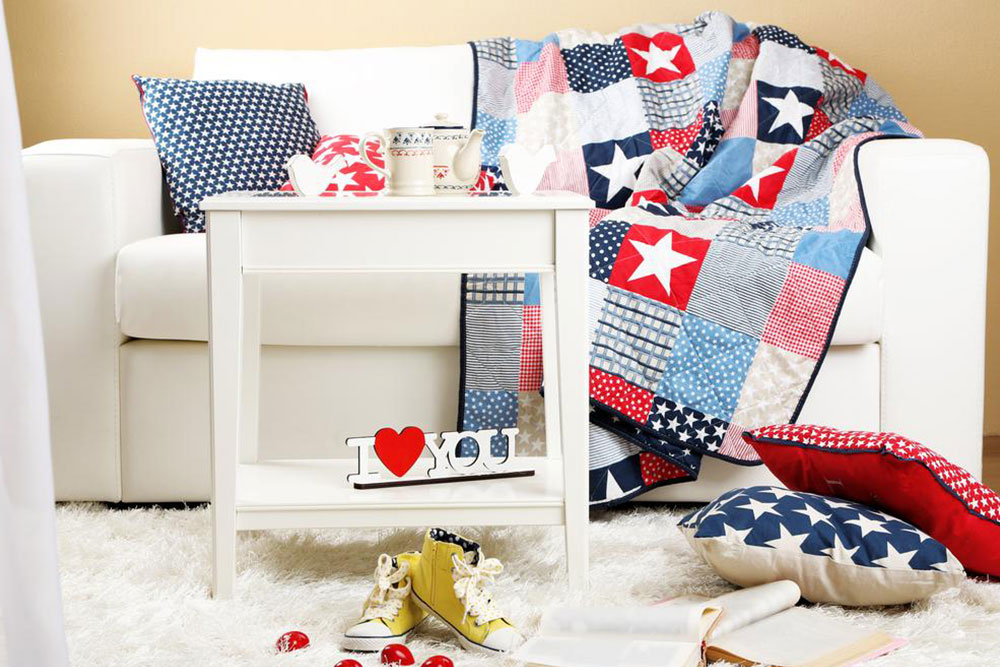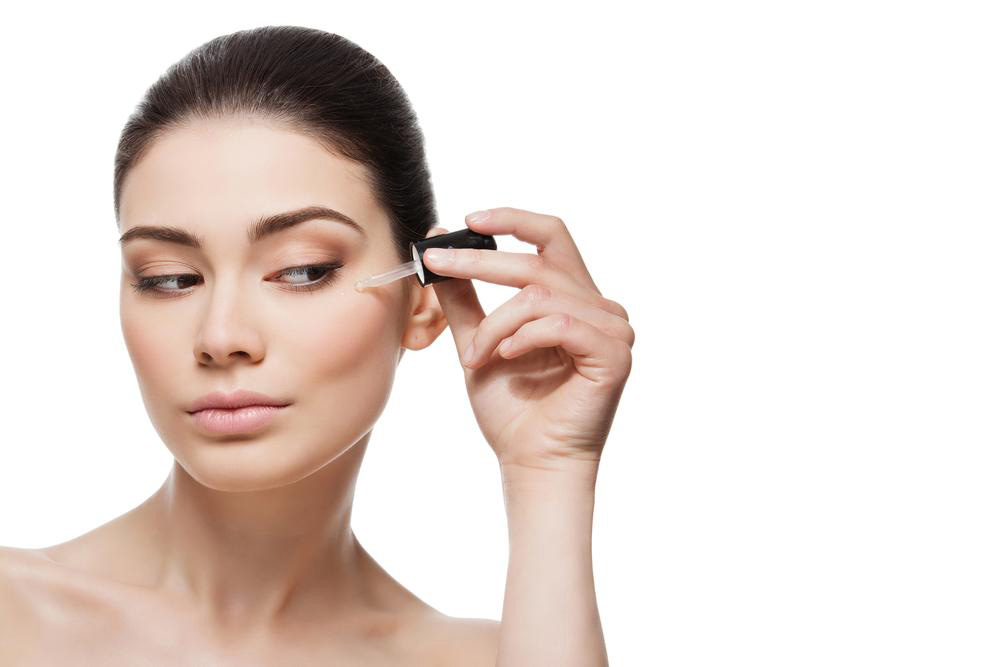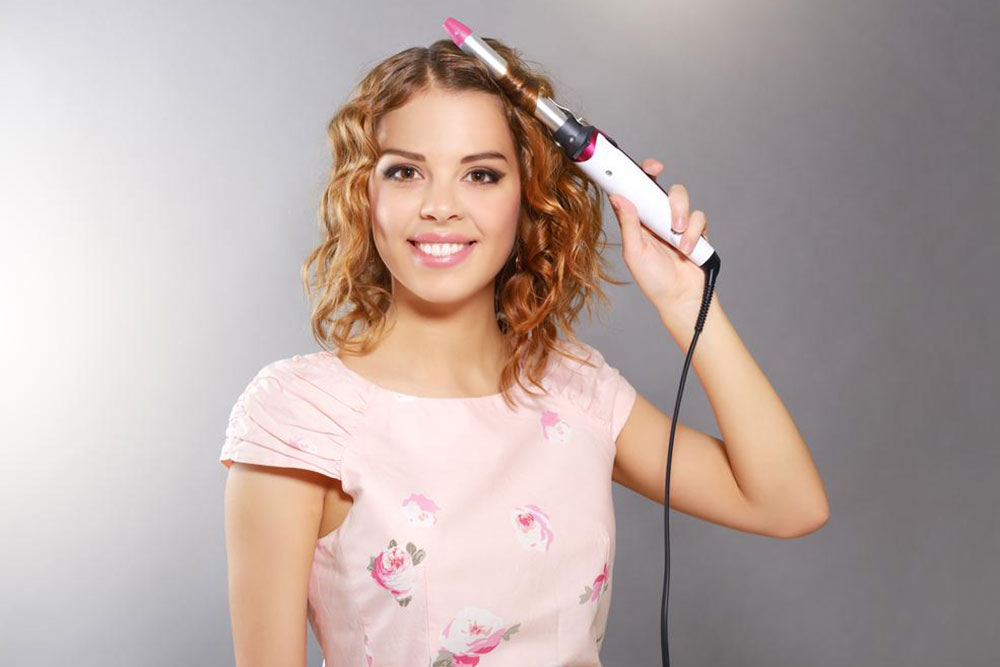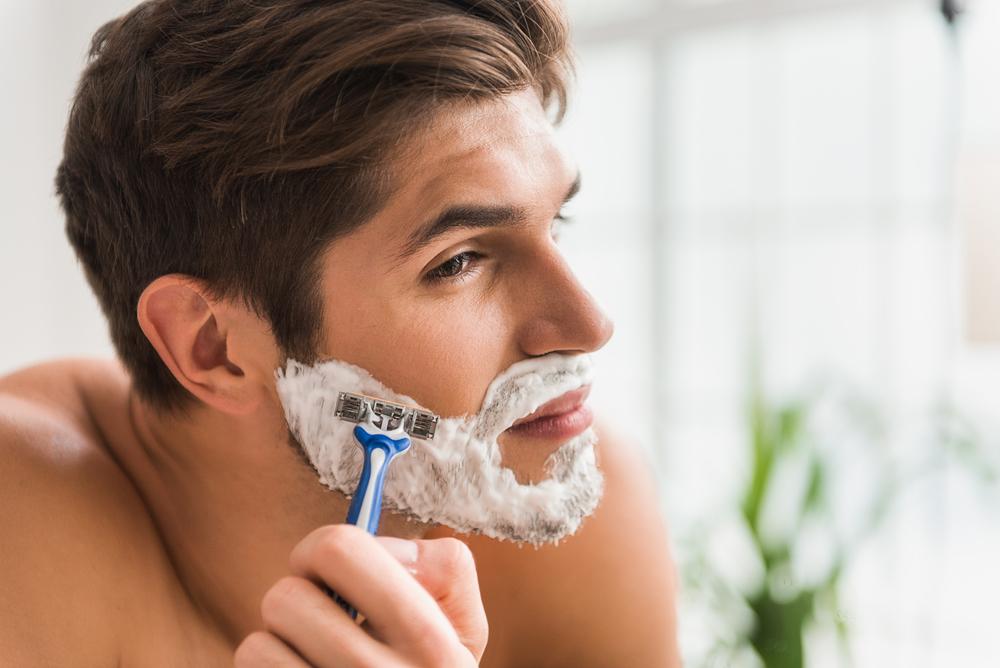Who Should Choose Short Haircuts and How to Style Them
Discover the ideal short hairstyle for your face shape and hair type. Learn styling tips for different textures and how to choose a look that enhances your natural features. Whether you have straight, curly, or wavy hair, find out how to make short cuts work for you with expert advice on trimming, styling, and face-shape matching.

Who Should Opt for Short Haircuts and How to Wear Them?
Short hairstyles are trending once again, offering a stylish and low-maintenance alternative to longer hair. They are ideal for hot weather, saving time on washing and styling. However, before going short, it’s crucial to ensure that the style complements your personality and overall look. Factors like face shape and hair texture play vital roles. An unsuitable cut can detract from your appearance and may require waiting for hair to grow back. Understanding your face shape and hair type helps in choosing the most flattering short hairstyle.
Face Shape Considerations
Oval faces are versatile and suit most styles, while round faces benefit from cuts that elongate the appearance. A shoulder-length cut or pixie style flatters round faces, making features look more balanced. Long faces look best with side layers or blunt cuts with bangs, avoiding styles that emphasize length. Square faces should steer clear of very short cuts, opting instead for styles with bangs or soft layers. Heart-shaped faces, characterized by broader foreheads and pointed chins, look great with asymmetrical bobs, pixies, or layered shoulder-length cuts, but should avoid straight bobs that can widen the face.
Hair Texture Tips
Thin hair needs styling that adds volume, such as layered cuts, while thick hair benefits from trims that shape and soften the look. Straight hair looks sleek with simple fringes, whereas curly hair shines with tousled, textured cuts that enhance natural bounce. For straight hair, short fringes add a classy touch. Wavy hair can adopt a balanced approach for an effortless look. Consulting with a stylist ensures the chosen cut enhances your hair’s natural texture and suitable facial features.
Important Note:
Our blog offers valuable insights across various topics, based on thorough research. However, articles should not replace professional advice. The site disclaims responsibility for discrepancies or inaccuracies. Additionally, readers should verify available offers and schemes independently, as they may vary from the information provided.










